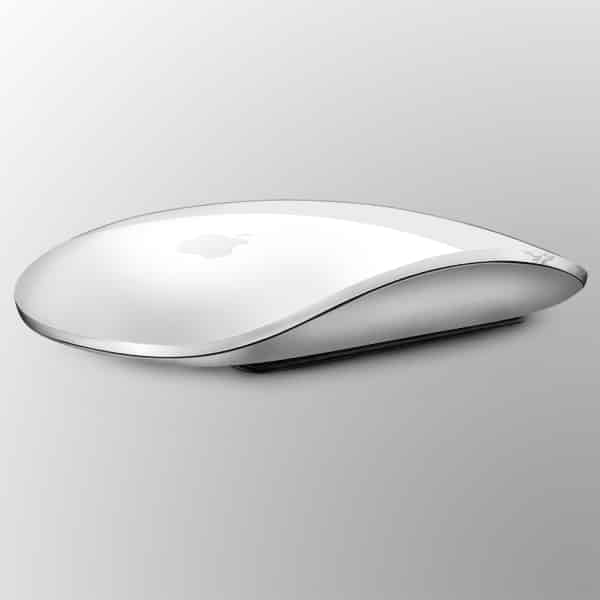
#Apple pdfkit tutorial pdf
(equalTo: ).isActive = trueįinally, create a URL pointing to a PDF you have in your bundle somewhere (or one in your documents directory), then create a PDFDocument object from that and pass it to the PDF view: guard let path = Bundle.main. The PDFKit API is designed to be simple, so generating complex documents. The API embraces chainability, and includes both low level functions as well as abstractions for higher level functionality. anslatesAutoresizingMaskIntoConstraints = false PDFKit is a PDF document generation library for Node and the browser that makes creating complex, multi-page, printable documents easy.
#Apple pdfkit tutorial code
Next, add this code to your viewDidLoad() method to create a PDFView and make it fill all available space: let pdfView = PDFView() To try it out, start by importing the PDFKit framework: import PDFKit Let’s say, you want to draw a dome on top of a rectangle like that shown below.Apple’s PDFKit framework provides a huge range of code to help us work with PDFs, and one of the most useful is PDFView – it renders PDFs to the screen and lets users interact with them. By default pdfkit will attempt to locate this using which (on UNIX type systems) or where (on Windows). Watch the WWDC 2017 video introducing PDFKit for iOS 11 here. The final project for this tutorial is available here.

And with the new iPad Pros, there are many great use cases to support Next Steps. The available options are: wkhtmltopdf - the location of the wkhtmltopdf binary. PDFKit has rich support for authoring, editing, annotating, and watermarking PDF documents in addition to viewing and navigation. It takes the configuration options as initial paramaters. pdfkit-tutorial Sample code for rendering PDF documents using Apples PDFKit in SwiftUI. The addQuadCurve, addCurve, and addArc allow you to create curves and arcs. This should be an instance of nfiguration () API call. You are not limited to drawing straight lines. Path provides several built-in APIs to help you draw different shapes. To close the path, you can call the closeSubpath() method at the end of the Path closure, that will automatically connect the current point with the point of origin. The figure below shows the result.īecause we didn’t specify a step to draw the line to the point of origin, it shows an open-ended path. stroke modifier and specify the line width and color. If you just want to draw the lines, you can use the. You’re not required to fill the whole area with color.

The preview canvas should display a rectangle in green. Name the project SwiftUIShape (or whatever name you like) and then type the above code snippet in the body. from dash import Dash, dcc, html, Input, Output import pdfkit import jinja2 Set up.

My users might not want this, so I want to save the temporary file only in memory (client side). Test the code by creating a new project using the App template. I am able to make it work locally with pdfkit and jinja based on this method, but to make it work I have to save the file on the server, then fetch it for download. To fill it with a different color, you can use the. By default, iOS fills the path with the default foreground color, which is black. To draw a line from the current point to a specific point, you call the addLine(to:) method.

You call the move(to:) method to move to a particular coordinate. This is the second article about Apple’s PDFkit featuring working with Text Annotations, document auto-saving and PencilKit. You initialize a Path and provide detailed instructions in the closure.


 0 kommentar(er)
0 kommentar(er)
